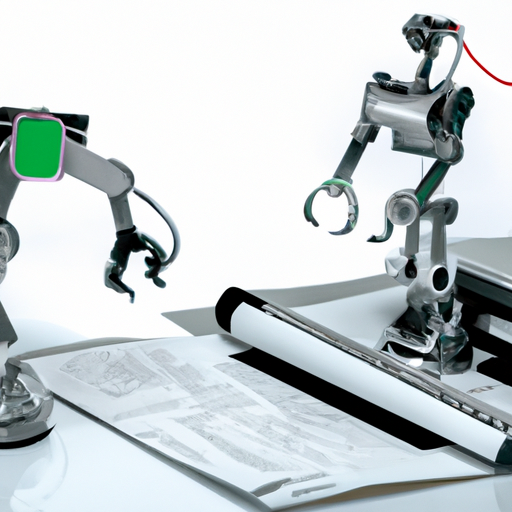Published on: October 2023
In today’s fast-paced business environment, Robotic Process Automation (RPA) is emerging as a game-changer across various sectors. Organizations are increasingly adopting RPA to streamline business processes, enhance productivity, and drive operational efficiency.
What is Robotic Process Automation?
RPA refers to the use of software robots, or bots, to automate repetitive and mundane tasks that were traditionally performed by humans. These bots can mimic human actions, interact with applications, and process transactions, all without requiring manual intervention.
Benefits of Implementing RPA
- Increased Efficiency: RPA significantly speeds up business operations by completing tasks faster than human employees.
- Cost Reduction: By automating tasks, companies can reduce labor costs and reallocating resources to more strategic areas.
- Accuracy and Compliance: Bots are less prone to errors, ensuring high accuracy and compliance with regulations.
- Enhanced Employee Satisfaction: Employees can focus on more meaningful work rather than repetitive tasks, contributing to job satisfaction.
Industries Embracing RPA
From finance and healthcare to manufacturing and retail, RPA is transforming how businesses operate. For instance:
- Finance: Automating financial reporting and transaction processing.
- Healthcare: Streamlining patient data management and billing processes.
- Manufacturing: Enhancing supply chain operations and inventory management.
- Retail: Improving customer service through automated responses and order processing.
The Future of RPA
As technology evolves, the capabilities of RPA are expanding. The integration of artificial intelligence (AI) with RPA is set to create more sophisticated automation solutions, enabling businesses to handle more complex tasks.
In conclusion, Robotic Process Automation is not just a trend; it’s the future of work. Companies that leverage RPA technologies will gain a competitive advantage in their industries, drive higher efficiency, and create a more engaged workforce.




